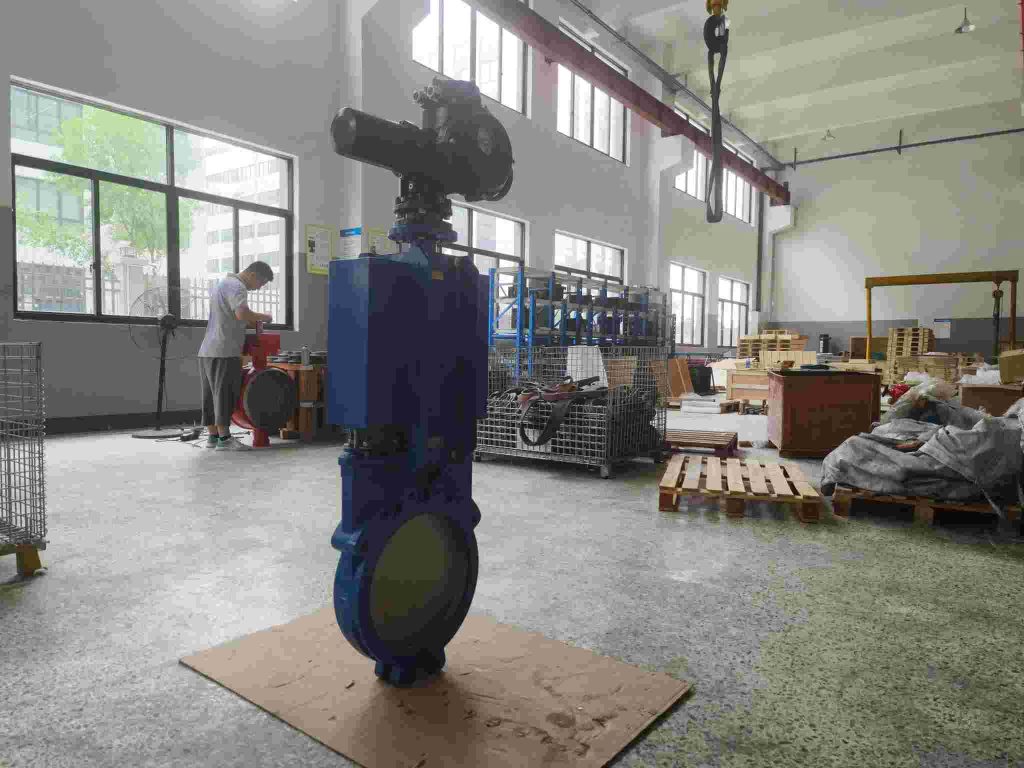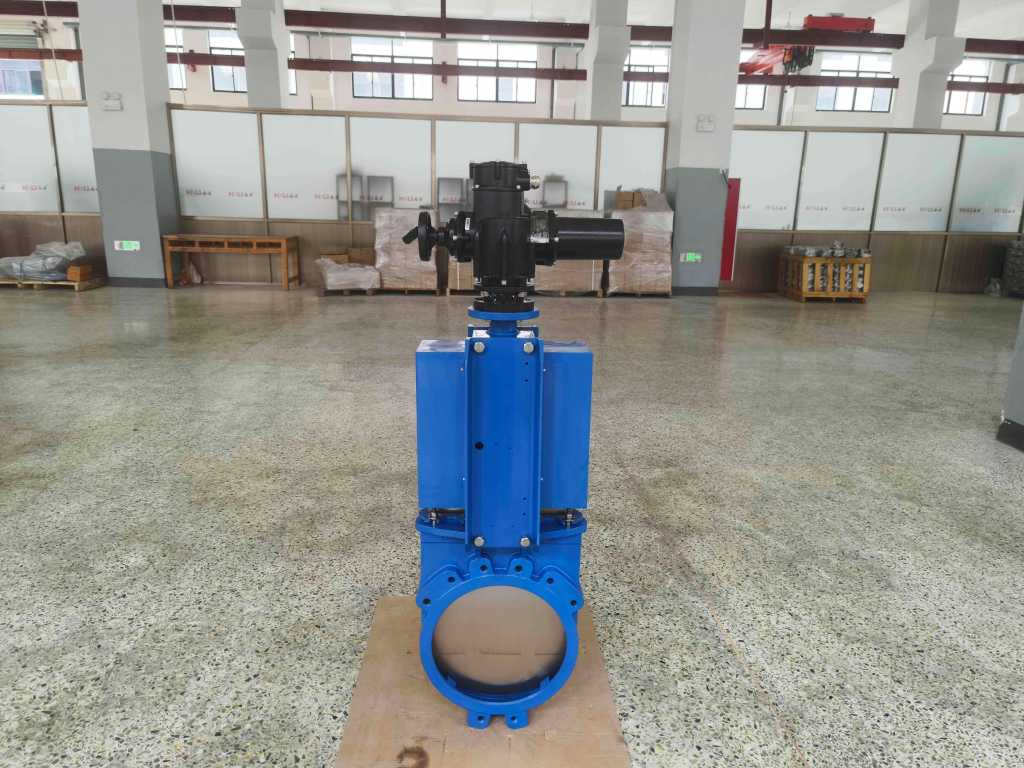The electric flat gate valve is a critical component in various industrial applications, primarily used for controlling the flow of liquids and gases in pipelines. Its design and functionality cater to the need for efficient flow management while providing enhanced safety and reliability. This article explores the features, benefits, applications, and maintenance of electric flat gate valves.

Design and Features

Electric flat gate valves are engineered with a flat, smooth sealing surface that minimizes turbulence and enhances flow efficiency. Unlike traditional gate valves, which can create flow restrictions, the flat design allows for a more streamlined passage of fluids. These valves are typically constructed from durable materials such as stainless steel, carbon steel, or alloy steel, ensuring longevity and resistance to corrosion and wear. The operation of electric flat gate valves is automated through an electric actuator, which enables remote control and precise flow regulation. This feature is especially beneficial in large-scale industrial settings where manual operation may be impractical. The actuator can be integrated with various control systems, allowing for automated responses to changes in pressure or flow conditions.
